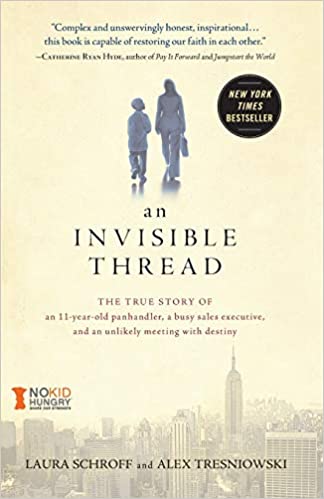We live in a society where chronic diseases remain invisible, we are talking about such harsh realities as fibromyalgia, which for many is an imaginary disease with which some people justify their absences from work. We need to change the mindset: there is no need for physical assistance. injury to make suffering real.
Socially invisible chronic diseases (DCSIs) are responsible, according to the World Health Organization. (WHO), about 80% of current diseases Are we talking, for example, about mental illness, cancer, lupus, diabetes, migraines, rheumatism, fibromyalgia?Debilitating diseases for those who suffer from it, and which also force the sick to face a society that is very used to judging unknowingly.
- Living with a chronic illness is.
- In turn.
- A journey as slow as it is lonely.
- The first step of this journey is the search for a definitive diagnosis of “everything that happens to me”.
- It’s not easy.
- In fact.
- It can take years for a person to finally be able to name what lives in their body; later.
- After contracting the disease.
- Certainly comes the most complex: regaining dignity.
- Quality of life with pain as a travel companion.
In addition to this social misunderstanding and lack of sensitivity, we will understand why depression is sometimes added to the primary disease, however, it must be taken into account that many people with chronic diseases are children.
It is an important issue in society, which deserves reflection
Many people with chronic diseases sometimes feel the need to carry a label, a poster with very large letters explaining what is going on, so that others understand it too. To better understand this reality, let’s set an example.
Maria is 20 years old and leads to college. It is parked in the space reserved for the disabled. Later, take an umbrella to enter your classroom. One day, he sees his shared image on social media. People laugh at her, because she’s eccentric, because she walks with umbrellas. Besides, do they insult her because she’s got a stick face? Park in the disabled area so normal: two legs, two arms, two eyes and a beautiful face.
A few days later, Maria is forced to talk to her college classmates: she has lupus, the sun reactivates her illness and, in addition, she wears two prostheses in her hip, her illness is not visible to the naked eye, but she is visible there, changing her life, challenging her every day to be stronger, braver.
How can you live without continually describing your pain, without enduring the faces of skepticism or compassion at every step?
Mary doesn’t want to tell you all the time what’s going on, she doesn’t want special treatment, she just wants respect, she wants to understand, to be normal in a world where the different is objective.
The degree of disability of each chronic disease varies from person to person, some will have greater autonomy, and there will also be those that, in turn, may be more or less functional, depending on the day. There will be times when the disease imprisons you and times when, not knowing why, you will feel more freed from the disease.
Is there a nonprofit organization called the Invisible Disabilities Association?(IDA). Its function is to educate and connect the person with an “invisible disease” with their nearest environment and with society itself. What they make clear in this association is that living with a chronic disease is a problem, even at family or school level. .
Many teenage patients, for example, are sometimes censored by those around them because they believe they are using their disease to fail. Your fatigue is not due to laziness. Your pain is no excuse for not going to school or doing your chores, those situations are the ones that gradually end up disconnecting the person from their reality, until they become, if possible, even more invisible.
No one chose your migraines, your lupus, your bipolar disorder?Far from giving yourself up to what life has to offer, there is only one option left: to assume, to fight, to be sure, to get up every day despite pain or fear.
In conclusion, it should be noted that people with socially invisible chronic diseases do not need our compassion, nor should we give it special treatment, all they ask for is empathy, consideration, respect, because sometimes the most intense, wonderful or devastating things, such as love or pain, can be invisible to the eyes.
We don’t see them, but they’re there.

